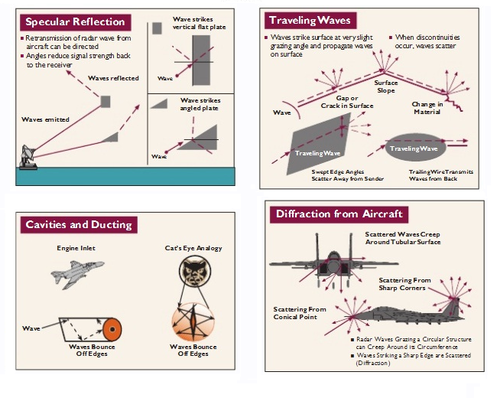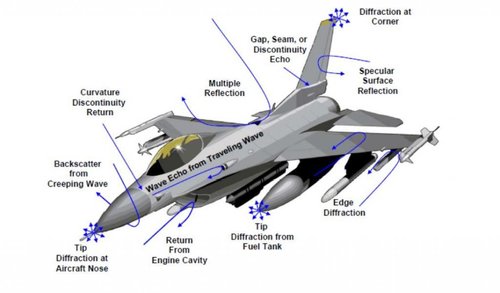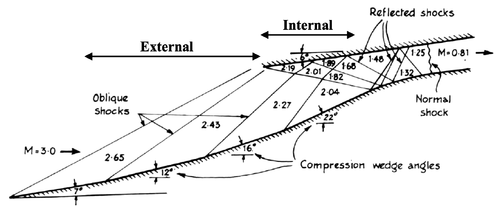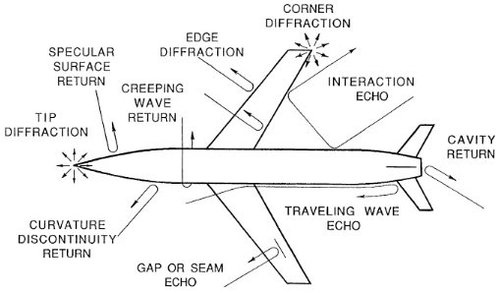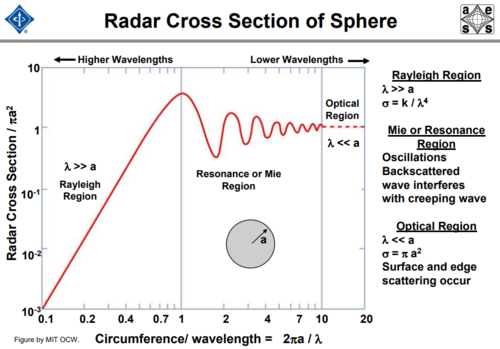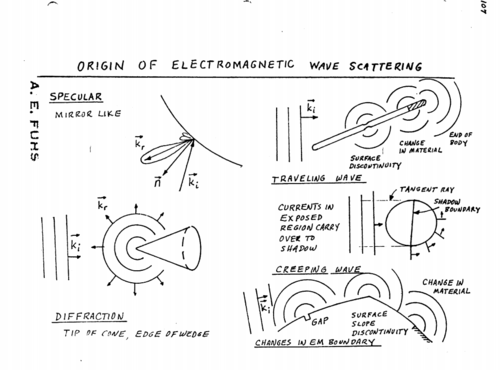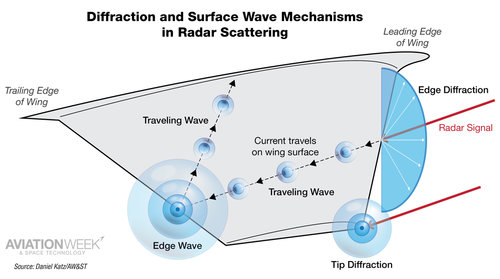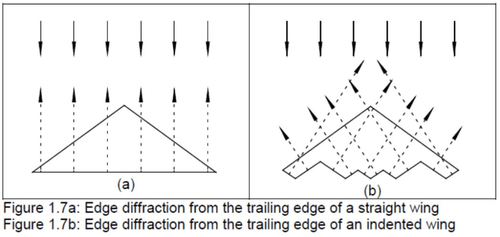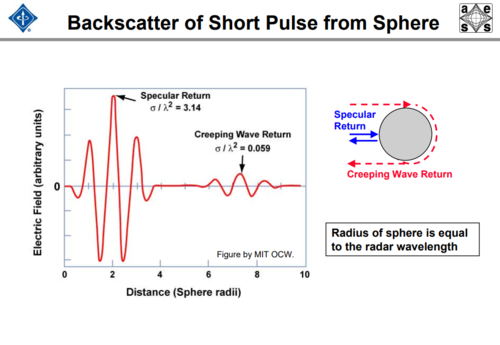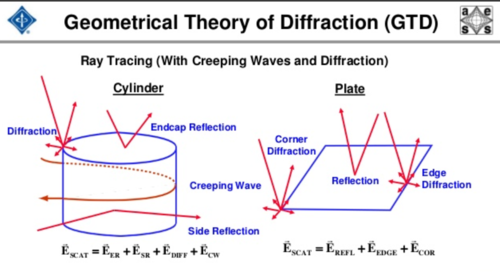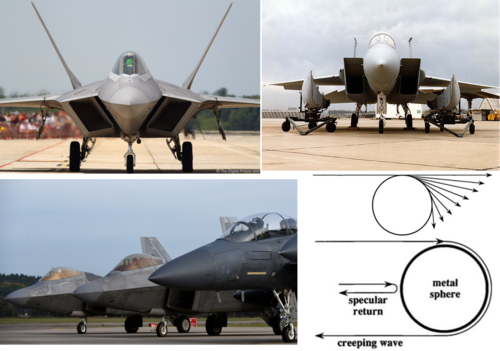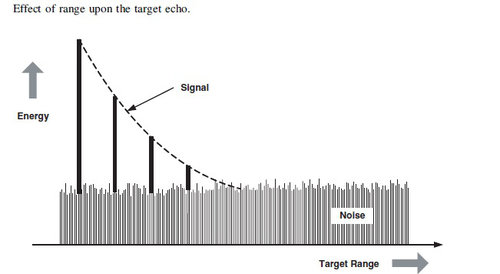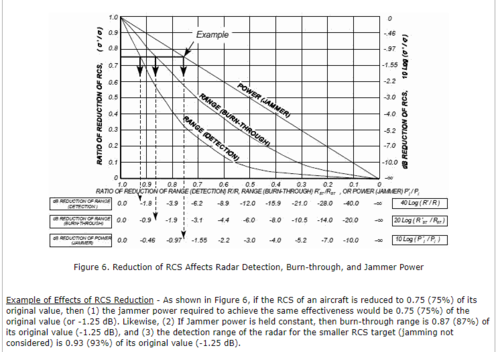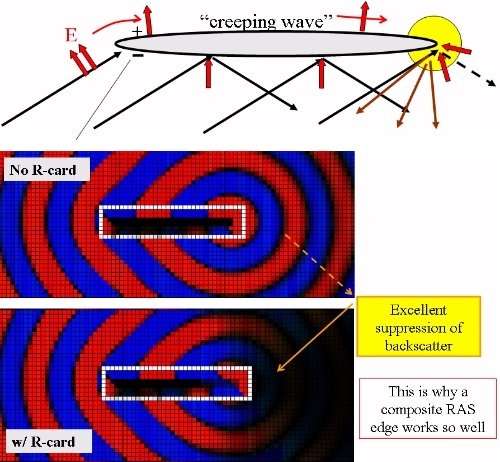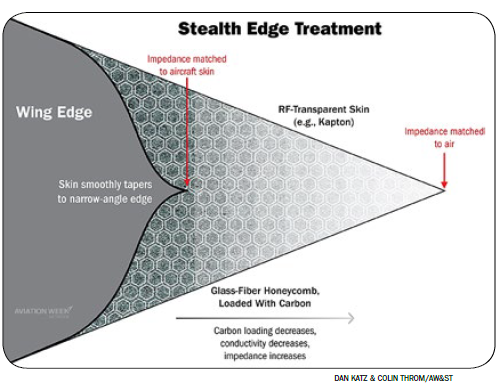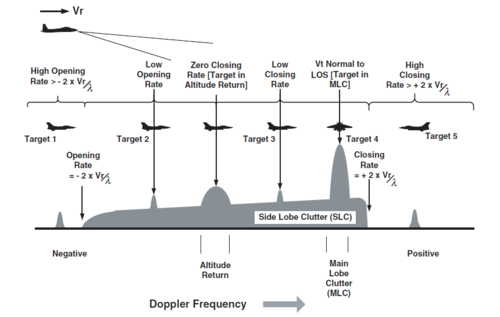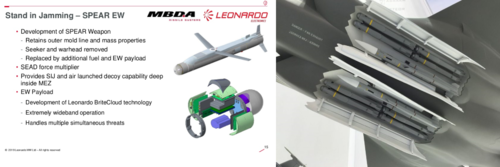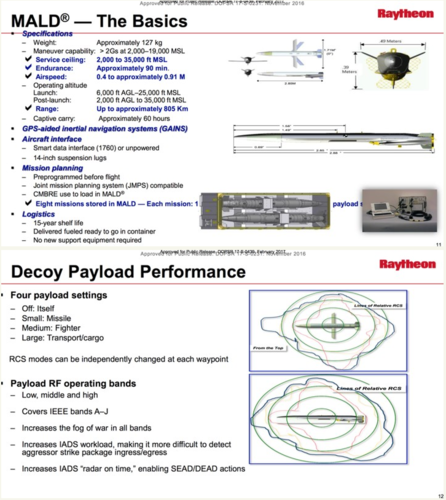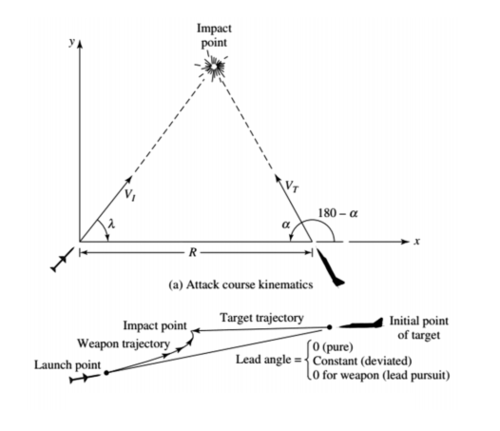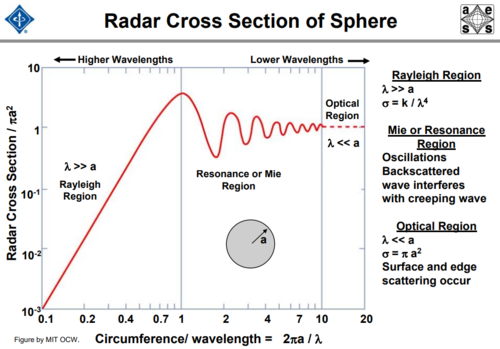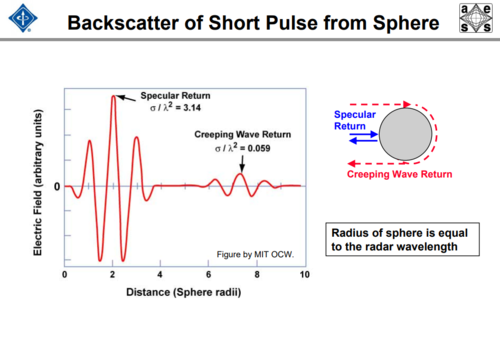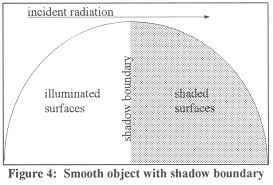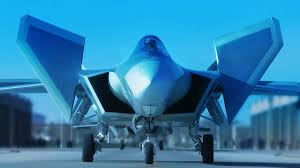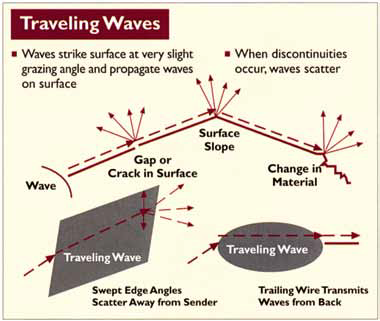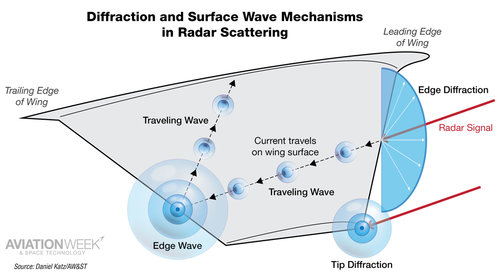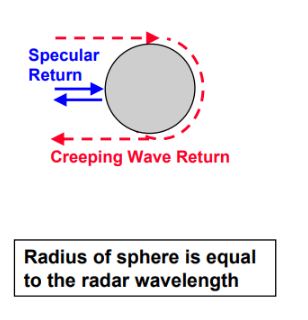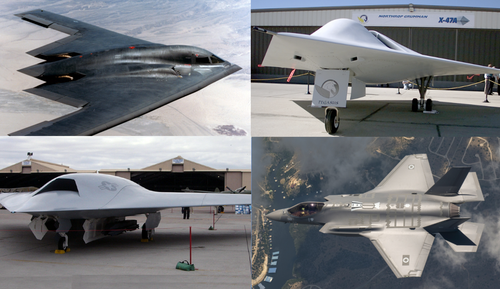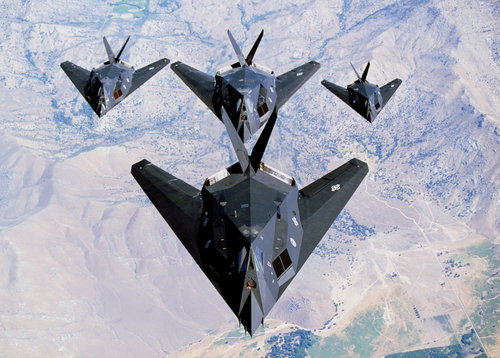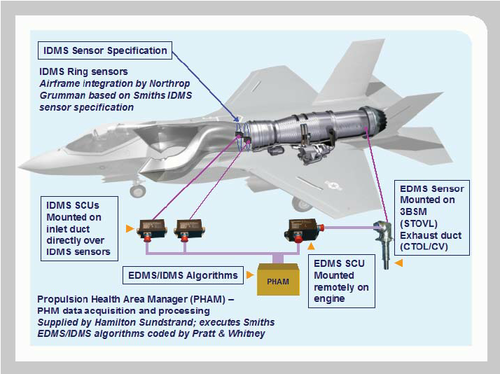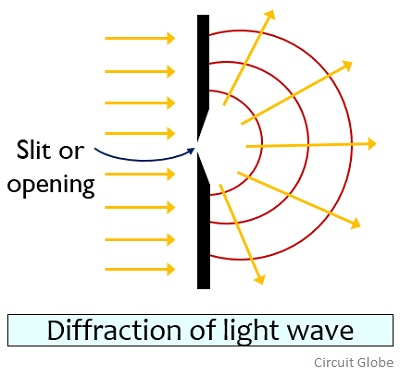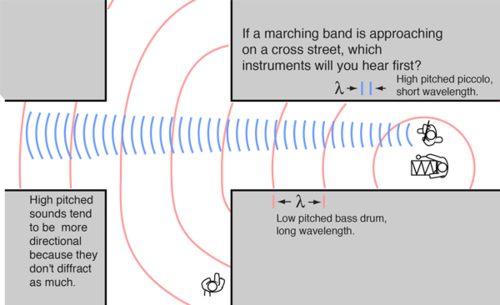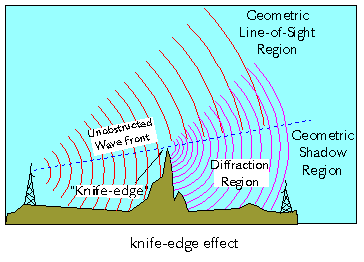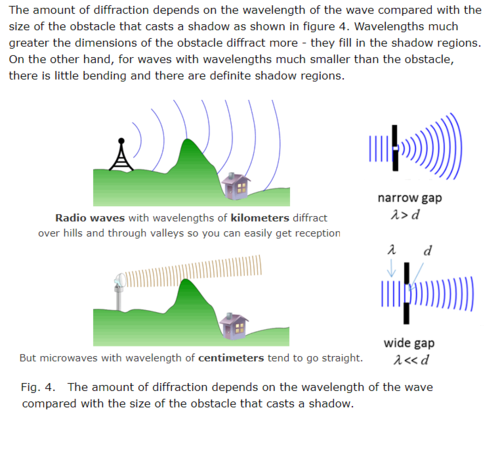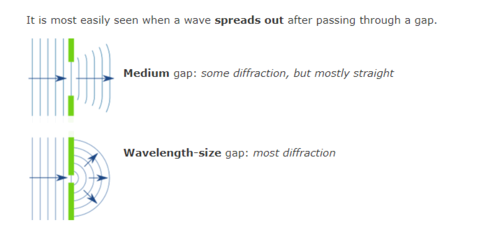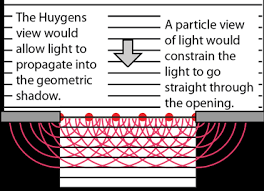I had a thread on SDF but SDF gets pissy any time you try to compare the J-20 to an interceptor.
...
To admit, indeed now I - and only now - I get "pissy, But not since we don't want to "compare the J-20 to an interceptor" but since you once again twist the facts.

You are the one, who constantly wants to debate issues that were already so often discussed, You are the one who - in contrary to what is published in different academic papers - want to portray it as a pure interceptor; and nothing else but an interceptor. This was already discussed so often, ad nauseum and always we come to the conclusion, that we won't agree, something you don't seem to accept.
So please stick at least to the facts.
I've told you repeatedly, I haven't been arguing that the J-20 is a pure interceptor.
You guys get pissy because you don't even know what the MiG-31 is or how it differs from the MiG-25.
The MiG-25 is a third-generation interceptor; it optimizes for max speed and max speed only. The MiG-31, in contrast, sacrifices much of its max speed, in part because hitting Mach 3.2 will destroy the MiG-25's engines, and instead the MiG-31 increases both its subsonic and supersonic maneuverability, in part by doubling the thrust-to-weight!
Look at the bloody MiG-31 planform. It's an interceptor with LERX, for Christ's sake! The airframe is definitely not 4th-gen competitive when it comes to maneuverability, but it's 3rd generation competitive when it comes to maneuverability.
In other words, the MiG-25 is a pure interceptor. The MiG-31 is not; it's a BVR-optimized platform that can acquit itself WVR vs older platforms, but if you think it's a pure interceptor, note that it's achieved about 15 deg/sec turn rates at low speeds and altitudes; not good by 4th generation standards, but far from terrible.
Back-compare to the J-20. The J-20 is a fifth-generation fighter-interceptor; it's stealthy, it's meant to get TVC, it has canards, albeit long-armed ones, as well as ventral strakes for high AoA performance. But its demonstrated low-altitude performance has been anemic compared to what we've seen of later 4th gen aircraft as well as 5th gen aircraft.
And, as we've discussed, the regime design for the J-20 isn't a problem since dogfighting in the era of HOBS is suicide or murder suicide.
====
@Trident:
What you're basically implying is violation of the law of conservation of mass.
In front of the J-20, you only have a certain amount of air which the J-20 can ram into its inlets. All the pressure recovery in the world won't do you any good if there's no pressure (density, rather) to recover; there's no such thing as a 1.5 total pressure recovery ratio and even in the best case scenario, the most you'll get is something close to 1, coming in from the .9 region.
Fact of the matter is, you design an inlet for a specific flight regime. The AL-31 on Su-27 is actually an example of designing for something above sea level altitude; thrust actually decreases at sea level the faster the Su-27 goes, which is a contrast to say, the F-14B/D, wherein thrust at sea level continues to increase as speed goes up.
I've been asking about the F-35's inlet area (was told it varied depending on flight regime), because the F-35 is a valuable comparison. Hell, we even have the MFR of the compressor (139.6 kg/ second), so that we get the MFR of the engine using the bypass ratio (219.172 kg/second).
Then we can push these numbers back into the F-35 inlet area (about .67 m^2 treating the DSI bumps as non-transparent). Density of air at sea level (at standard temperature) is roughly 1.225 kg / m^3. Put into the inlet area, you get 0.82075 kg / km/s. At, say, Mach .9 at sea level (1109.538 km/h), you get roughly 252 kg/second MFR.
Take it to Mach 1.6 (its design max speed) at 35,000 ft, you get about 295 m/s, with air density of 0.38 kg / m^3. Multiply by the inlet area, and you get a MFR of about 75 kg/second, which is far lower than the MFR at sea level at Mach .9 and not sufficient for the F135 to run at full power.
====
Of course, I'll mention the errata. It is hypothetically possible for forebody design to increase the airflow to the inlets by increasing the effective air capture area and routing it to the inlets. The same applies to the DSI bumps, the big question I've had and needed answered is, are the DSI bumps transparent (i.e, does not decrease effective inlet area)? And if so, at what speeds and altitudes, since it's a complex aerodynamic device?
====
Some errata on MiG-31: at 60% fuel, subtracting 40% fuel weight from gross weight, the MiG-31 has about a .9 T/W ratio, and about 560 kg / m^2 wing loading.
On the J-20, assuming 60% of 12kg fuel and a 18,000 kg empty weight, with 1000 kg of munitions, you get about 350 kg / m^2 wing loading and about 1.01 T/W.
On the F-35A, assuming 60% fuel (40% fuel weight removed from gross weight) with full munitions, you get about 440 kg / m^2 wing loading and about 1.02 T/W.
The Su-35BM, in contrast, under similar conditions gets about 400 kg / m^2 wing loading and about 1.15 T/W.
====
One last thing,
@Trident ,
When you say pressure, I'm assuming you're referring to dynamic pressure, which does have an exponential increase (u^2) based on velocity. But dynamic pressure isn't the same as mass / density / stagnation pressure; if it were so, the implication is that by accelerating air, you can make more air come out of nothing.
And this dynamic pressure isn't that useful for the inlet; the job of an inlet is to slow air down to subsonic speeds where the turbofan can function. In such a condition, most of the dynamic pressure of the airflow is lost.
